Vibration Testing in the Commercial Aircraft Industry
Aug 11, 2025
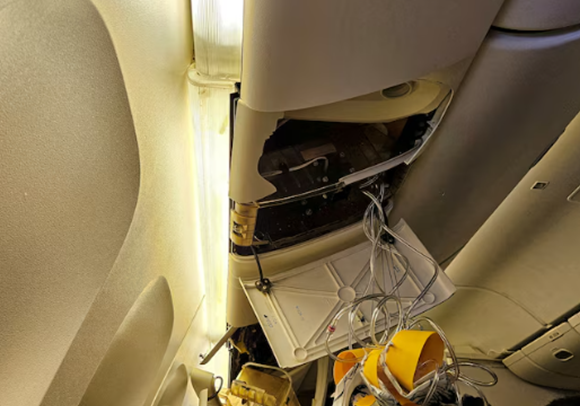
Have you ever been on a flight and experienced turbulence?
Do you recall how the plane's sudden ups and downs made it impossible for your body to stay completely still? These movements are carefully considered when validating any equipment that will be installed in an aircraft. From something as simple as a seat to a critical avionic system, exposure to various levels of vibration is a key factor addressed by the Radio Technical Commission for Aeronautics – Document (RTCA DO-160) standards. This standard not only details vibration procedures, but also a whole number of other tests used to evaluate components. The focus of this article will be on the importance of vibration/shock for various types of airworthy vehicles.
Why Vibration Testing Matters
Rotor operation, turbulence, takeoff, landing, and taxiing on the runway are routine aspects of flight that subject the aircraft to varying degrees of vibration. While novel materials and structures are designed and engineered to sustain such conditions, a more critical question arises: how does it correlate with real life applications?
Before any equipment is approved for production and integration into an aircraft, it must undergo thorough validation. This process ensures that each component not only meets design specifications but also performs reliably under the expected operational conditions as an assembly.
This is where testing becomes essential. Through vibration testing we can simulate the same effects mentioned earlier. Various vibration profiles are employed for different purposes; some aim to assess the component’s response to abrupt movements experienced during flight (mechanical shock), while others evaluate the survivability of the sample under standard operating conditions (sine and random profiles).
Understanding RTCA DO-160
Since its publication in 1975, the DO-160 specification has focused on ensuring the proper functioning of equipment inside an aircraft during the expected environments that can be encountered in a regular flight. DO-160 Sections 7 and 8 provide standardized test procedures that manufacturers must follow to demonstrate that their equipment can endure these vibrational forces over time. The tests simulate real-world conditions based on aircraft type, equipment location, and mission profile.
Test Objectives
Mechanical Shock
1. Operational Shock tests: Verify that equipment maintains functionality after being exposed to shocks during normal aircraft operations (e.g., taxing, landing turbulence…)
2. Crash Safety: Ensure that equipment remains assembled to the aircraft during emergency landings.
Random & Sine Vibration
1. Evaluate the mechanical robustness of the equipment.
2. Assess performance degradation during and after exposure to vibration.
3. Identify resonant frequencies that might amplify stress.
4. Ensure compliance with functional and structural requirements.
Test Categories: Tailoring to Installation Environment
Equipment is assigned to one of several vibration test categories, each with its own vibration profile. The selection depends on factors like aircraft type (fixed-wing vs. rotary-wing), mounting location (cockpit, fuselage, wing, etc.), and operational intensity.
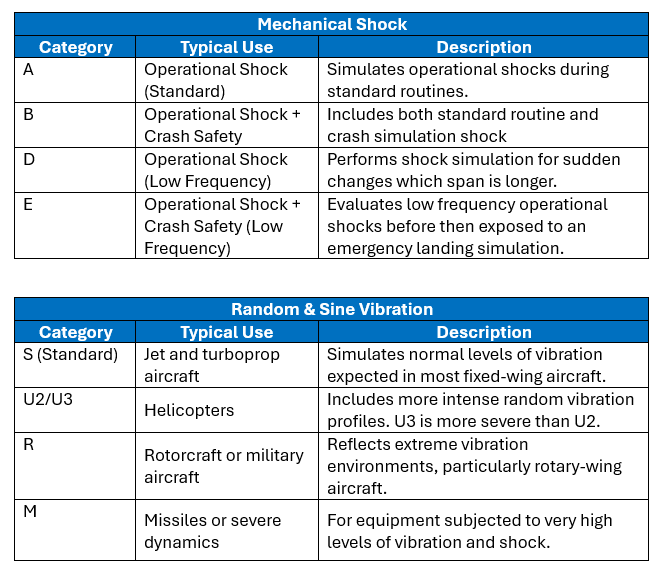
MGA Vibration Testing Capabilities
Due to our heavy involvement in the transportation industry, MGA Research has expanded its high-frequency vibration capabilities to all its current locations. With over 30 electrodynamic shakers, MGA is capable of testing all categories reflected in DO-160.

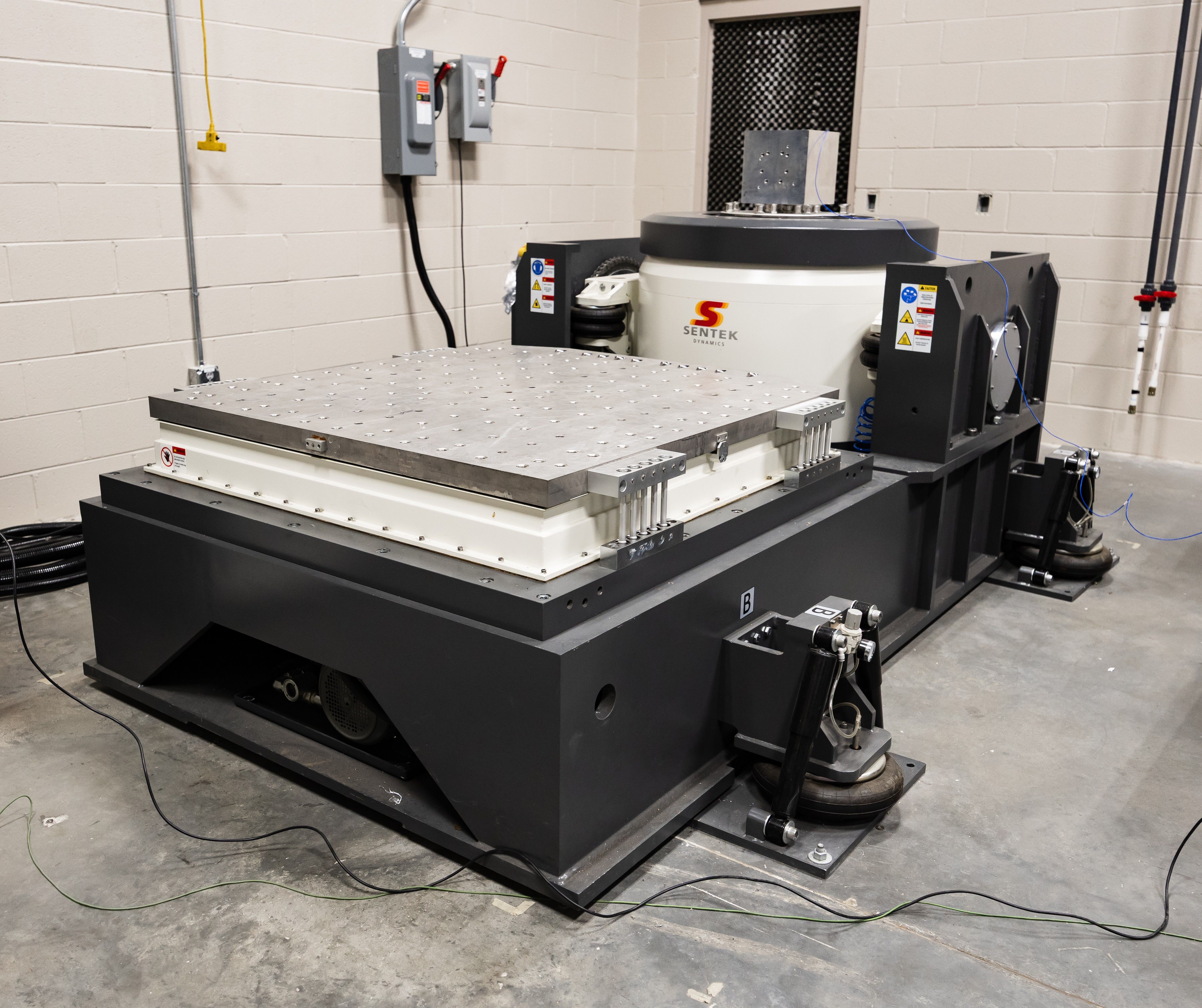
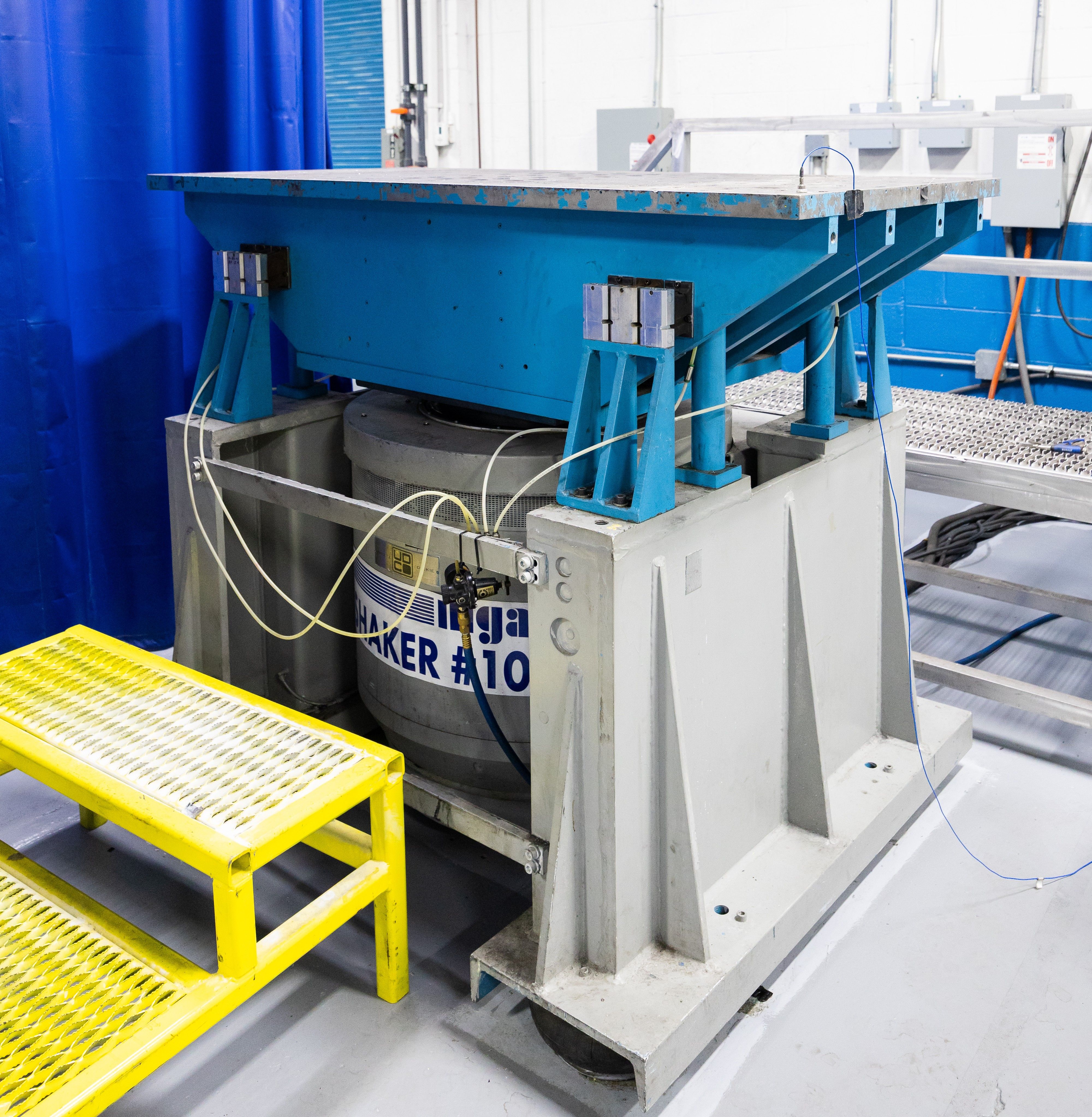
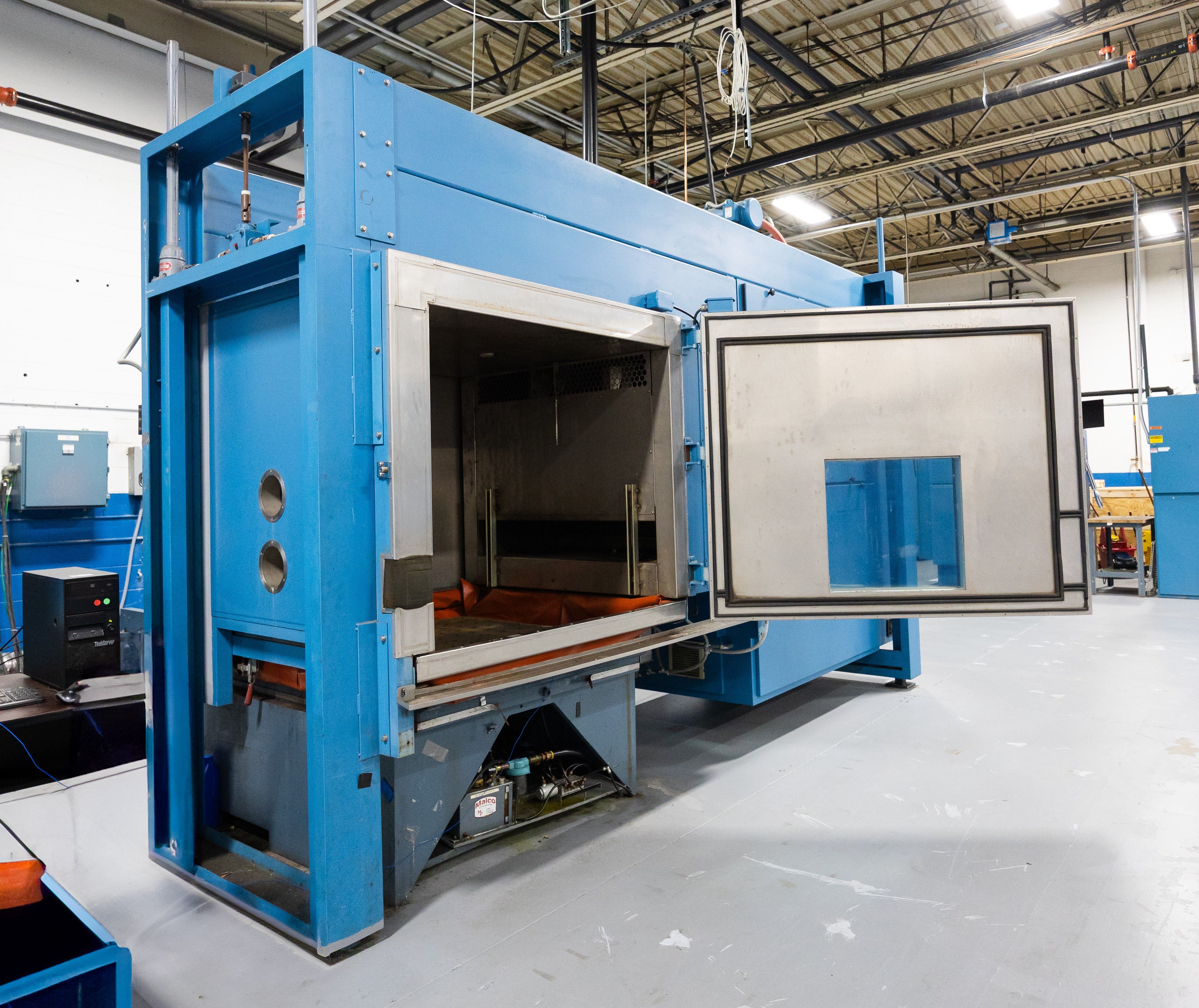
Conclusion
Vibration testing isn’t just a regulatory checkbox; it’s a critical step in ensuring the long-term safety, reliability, and performance of aircraft equipment. The RTCA DO-160standard, particularly Section 7 and 8, provides a comprehensive framework for replicating real-world vibrational conditions that components can withstand during flights over decades of service. With tailored test categories, these evaluations help manufacturers deliver products that meet both structural and functional requirements under stress. At MGA Research, our advanced vibration testing capabilities help provide reliable data so manufacturers can find the best solutions, helping them develop safer products.
Interested in learning more? Contact us today through our website. If you want to receive exclusive MGA news and insights, be sure to subscribe to our monthly newsletter!
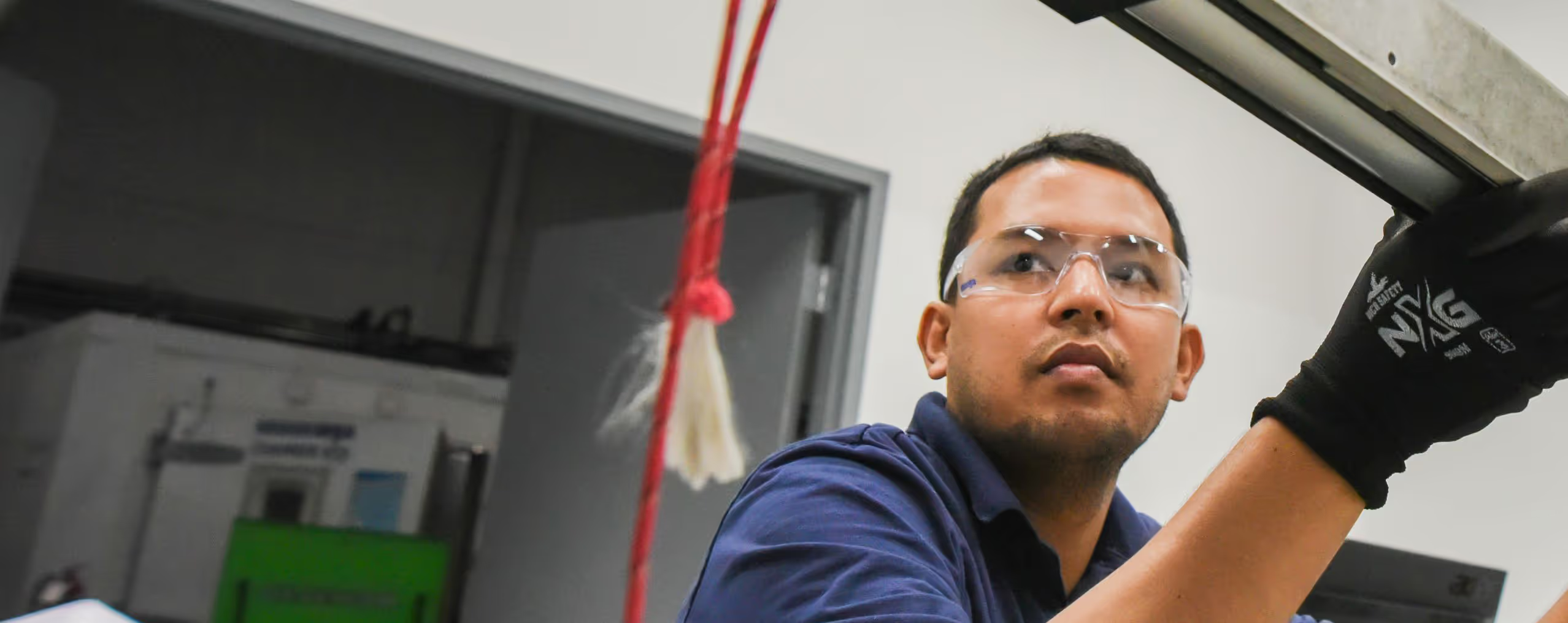
Ready to Get Started?
Let's discuss your testing needs and how MGA can help. Our team is ready to provide the expertise and solutions you're looking for.
